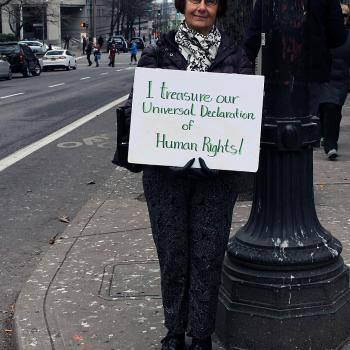It’s mourning in America again. Abraham Joshua Heschel wrote that the blood of the innocent cries forever. We join our cries with the blood split in a Sikh sanctuary last Sunday.
What scholars such as Nadine Naber have offered me is the opportunity to understand this phenomenon in the context of the dominant discourse of the “War on Terror.” In her must-read essay, “Look, Mohammed the Terrorist is Coming: Cultural Racism, Nation-based Racism and the Intersectionality of Oppressions after 9/11,” she explains that politicians, pundits, and other opinion leaders have constructed a threatening “other.” Similar to the young black male that haunts the American mind, this other is Arab/Middle Eastern/Muslim and male. He is distinguished by cultural characteristics that are treated as “natural” and inherently hostile to “our way of life,” and markers of marginalization such as Arab-sounding names or physical appearance. In addition, he is often an immigrant from particular countries and assumed to be suspect or “criminal” by virtue of his nation of origin.















